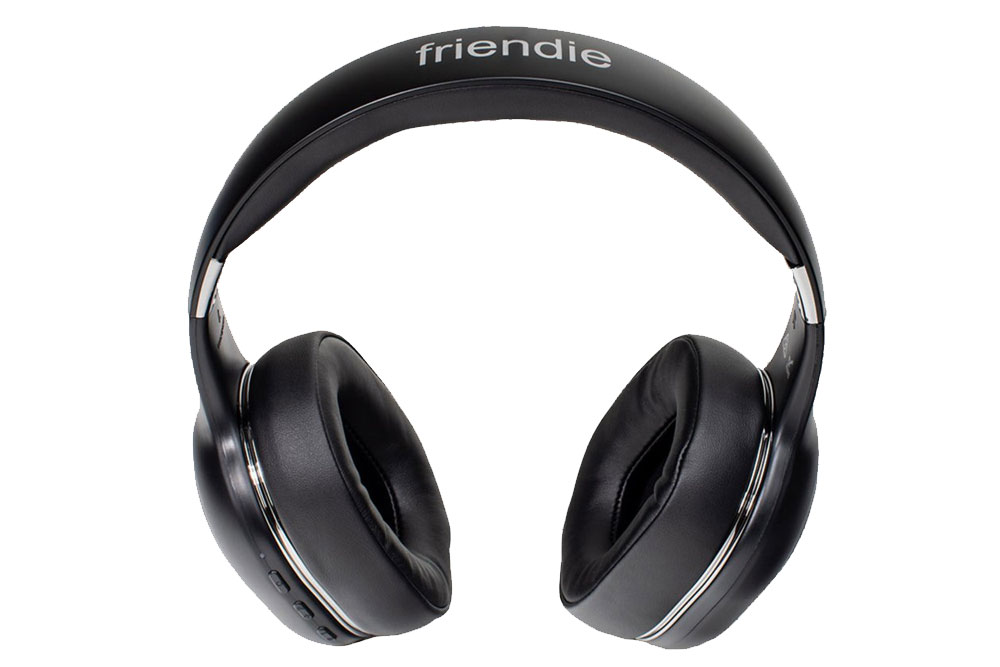Optus Mobile Review ALDI Mobile Review Amaysim Mobile Review Belong Mobile Review Circles.Life Review Vodafone Mobile Review Woolworths Mobile Review Felix Mobile Review Best iPhone Plans Best Family Mobile Plans Best Budget Smartphones Best Prepaid Plans Best SIM-Only Plans Best Plans For Kids And Teens Best Cheap Mobile Plans Telstra vs Optus Mobile Optus NBN Review Belong NBN Review Vodafone NBN Review Superloop NBN Review Aussie BB NBN Review iiNet NBN Review MyRepublic NBN Review TPG NBN Review Best NBN Satellite Plans Best NBN Alternatives Best NBN Providers Best Home Wireless Plans What is a Good NBN Speed? Test NBN Speed How to speed up your internet Optus vs Telstra Broadband ExpressVPN Review CyberGhost VPN Review NordVPN Review PureVPN Review Norton Secure VPN Review IPVanish VPN Review Windscribe VPN Review Hotspot Shield VPN Review Best cheap VPN services Best VPN for streaming Best VPNs for gaming What is a VPN? VPNs for ad-blocking But for the RRP of $350 (though you can find them for about $200 online) we were expecting a decent sound, and we weren’t disappointed. The sound was reasonably even overall, though tuned towards the bass, which you tend to find in most headphones these days. This is good because there is no dedicated app for tweaking the EQ levels, just a button on the headphones that toggles a Bass Boost mode on and off. It is also worth noting that the AIR Duos have an enormous battery, with a 1000mAh capacity, or 54 hours of audio playback, which is double what you might get from other similar models. Despite the sharp look of the AIR Duo headphones, and the premium hard shell case they come in, the headphones feel cheaply made. The plastic build doesn’t match the quality of the audio and makes the headphones feel hollow and a bit flimsy. When you push the physical controls on the headphones they make a heavy click that echo through the earcups. The AIR Duo headphones also lack active noise cancelling, which all other models in this price range offer. This is a major missing feature and limits the use of the headphones to places where the background sound isn’t too loud. These wouldn’t make a great travel companion on a long-haul flight, or even on a busy bus during a peak-hour commute. Lastly, someone needs to take a look at the layout of the physical controls before the version 2 release. Not only are all the buttons tightly crammed into a small space, but the order of the controls makes no sense at all. For example, the two centre buttons control both playback and volume, with skip forward and volume up on one button, and skip back and volume down on the other button. To switch between the different EQ modes you need to push the two volume buttons at the same time, which is the bottom of one button and the top of the other. Why you couldn’t have a button for playback and a separate button for volume is beyond me. The AIR Duos pay lip service to gamers, but don’t truly focus on the things that most gaming headsets usually offer. Headsets at this price support 7.1 surround sound, broadcast quality microphones for streaming and customisable sound profiles to tune the headsets to different games. The AIR Duo are better tuned for music, and are fine for casual gaming, but struggle to compete with products in the $300 to $400 price bracket. That said, the street price for the AIR Duos seems to be more like $199 (at stores like Kogan) which seems much fairer for what you get.

